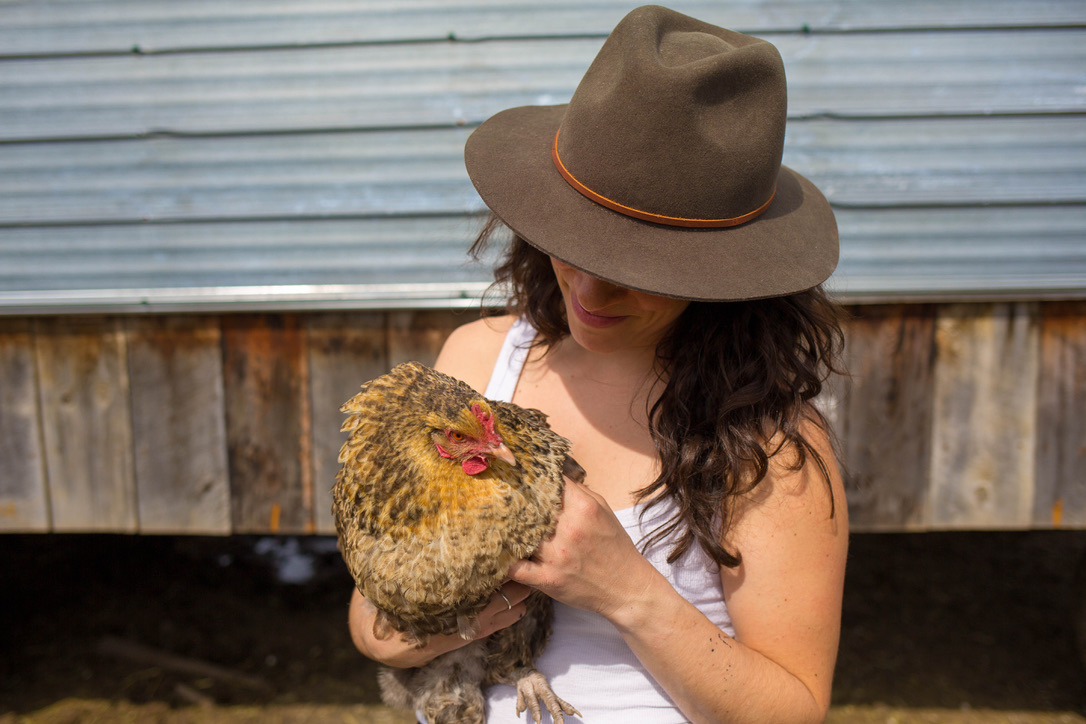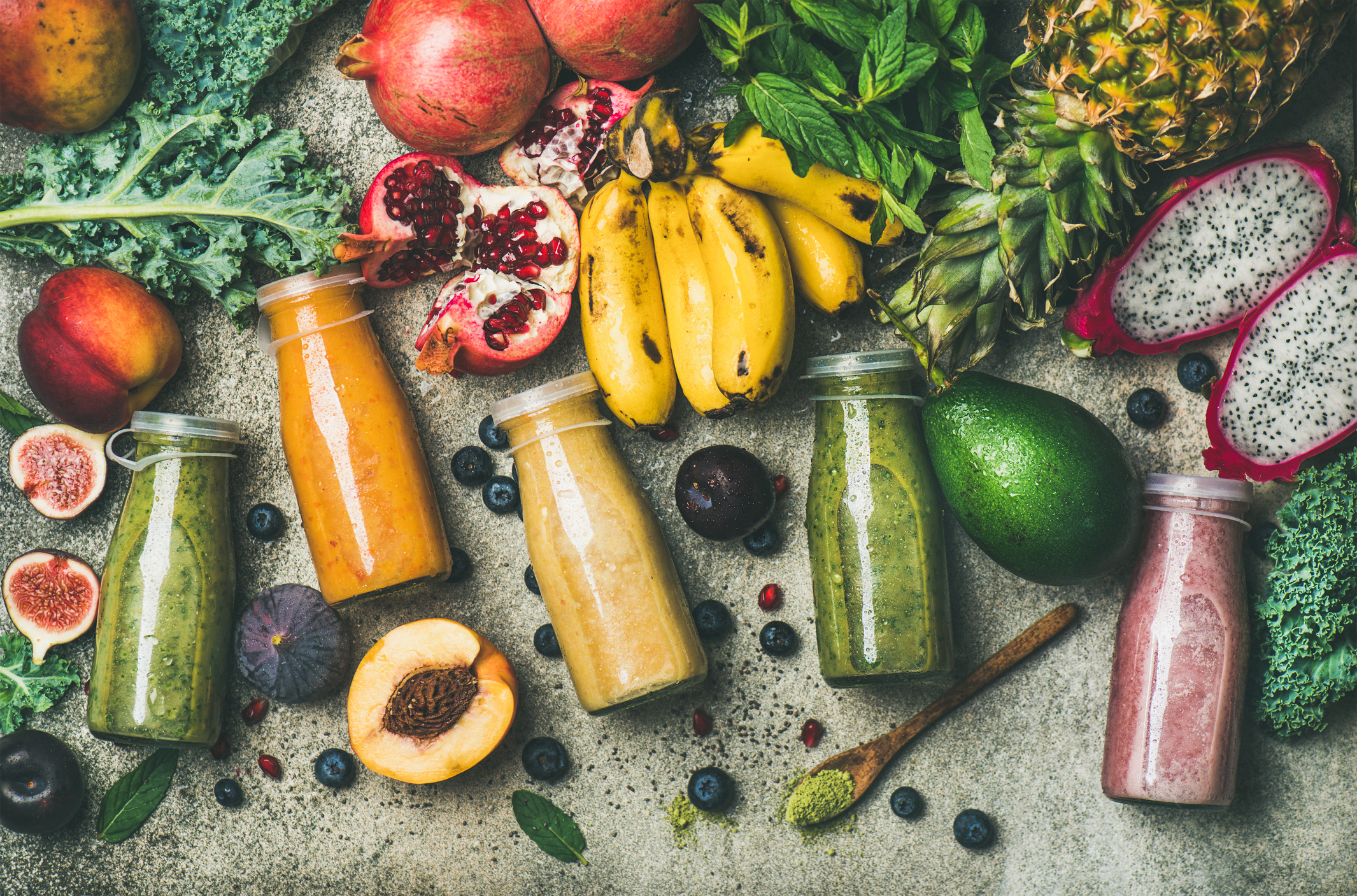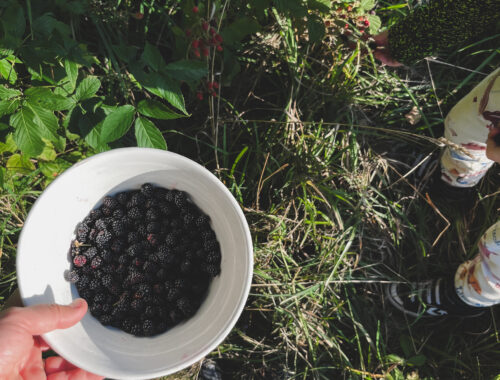
How to Feed Chickens on a Budget
This whole chicken thing started with wanting fresh eggs for the family. I remember the first time I cracked open an egg from our neighbour at the time—the neon orange of the yolk left me a little suspect. Then I had a bite. What I can say is this: a farm egg is like no other.
On Old Wood Hollow Farm, we keep about 75 chickens, averaging about 70 eggs a day throughout the year, which are distributed through our CSA and via our general corner store. We don’t keep domestic chickens though—instead we’ve opted for Orpingtons and Easter-eggers in order to support the diversity in farming. That is also why we breed Mangalitsas, a rare breed of heritage pig.
That being said, all great food needs to be fed well. If not, the proof is in the pudding. Most people who eat farm eggs can’t stomach supermarket produce. But all this feed–it can add up. So how do you feed chickens on a budget without sacrificing quality?
Living on a 200-acre plot of land gives me no shortage foraging space, but I was still feeding my chickens an insane amount of grain—my end of the year tally was about five times what it should be. So I reached out and did a little digging and this is what I learned:
Corn is great, but not awesome.
Chickens love corn, but corn is full of empty calories—kind of like a candy bar, so it’s best reserved for those frigid days in winter. As for me, I’m going to grow corn for our livestock this year and store it for the winter, which will save me a considerable amount when winter rolls around. I’ll let it dry out on the stalks and then hand-shell when I need it.
Chickens are omnivores.
Chickens are like wee dinosaurs. Omnivore dinosaurs—they will eat anything, give or take. The good news is that they’ll keep your food waste down while rewarding you with some sweet manure—albeit nasty smelling). Chickens don’t eat what they don’t like, but avoid avocados, chocolate or green potatoes/tomatoes (I tried feeding some of these things to our chickens before I knew they were dangerous and they never ate them, so I don’t worry too much, but safety first, y’all!). I save grease, meat scraps (except chicken, obvi) and all vegetables and fruits for the chicken, since we eat pretty whole in general (the Lucky Charms get tossed, unfortunately, since they’re hardly food at all). If you need more scraps, consider reaching out to local restaurants for their vegetable scraps. Quite often, their food waste get thrown out, so you’ll be putting it to good use.
Grow cover crops.
When it comes to organic gardening, cover crops are a big thing to keep weeds at bay, but they also come in handy when it comes to feeding chickens. From alfalfa to clover to buckwheat to mustard, cover crops can be used to supplement chicken feed, when grown to an optimal length of two to three inches. For more on cover crops, see here.
Don’t free-feed your chickens.
Before I knew better, I’d fill the giant feeder to the top and sit back and chill for a couple of days. My chickens would go through it in 24 hours, which was insane. They would just waste the feed, pecking out what they preferred and wasting the rest—not to mention that they weren’t foraging as they should. Now, I feed them a little in the morning and at night, encouraging them to head out during the day during the warmer seasons.
Fermentation
This is essential not only for lowering the feed bills, but also for keeping chickens healthy (not to mention larger eggs and bigger yolks). The best part is, while messy, fermenting is super easy. All you need is water and a five-gallon bucket (or two-gallon, if you have a smaller flock). So how does it lower feed costs? Chickens feel fuller and more satisfied eating fermented feed (fermenting their feed provides them with extra nutrients), which means less $$. Leigh Edwards of naturalchickenkeeping.com gives a great run-down on how to start this process.

Some Pig: A Farrowing Story
All About Kale
You May Also Like

August Farm Harvest: The Best Time To Do a Juice Detox
5 August 2022
